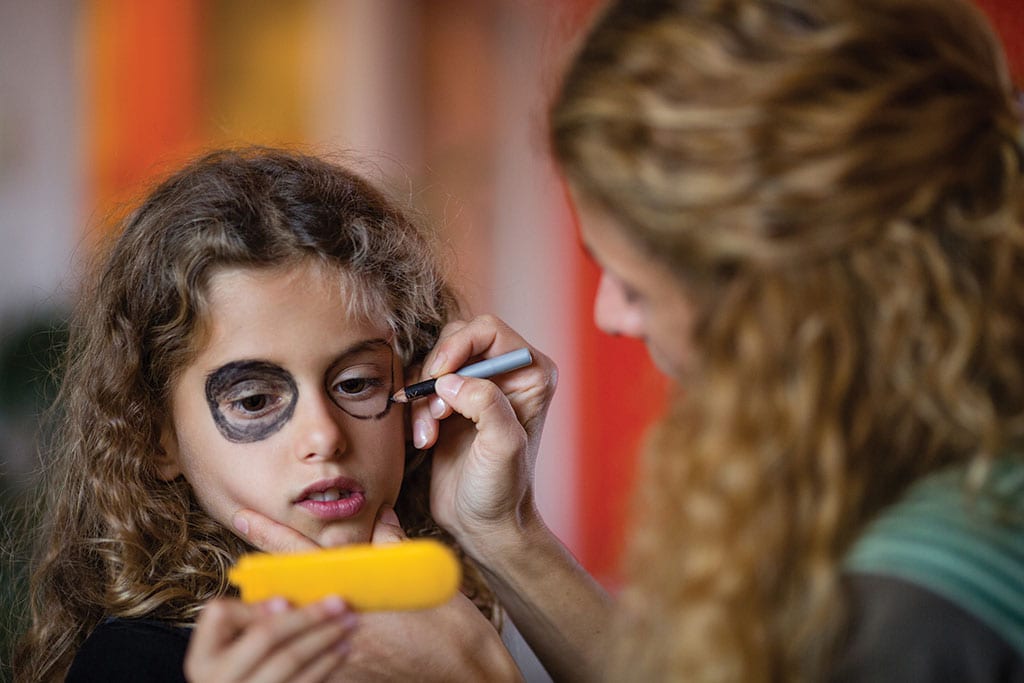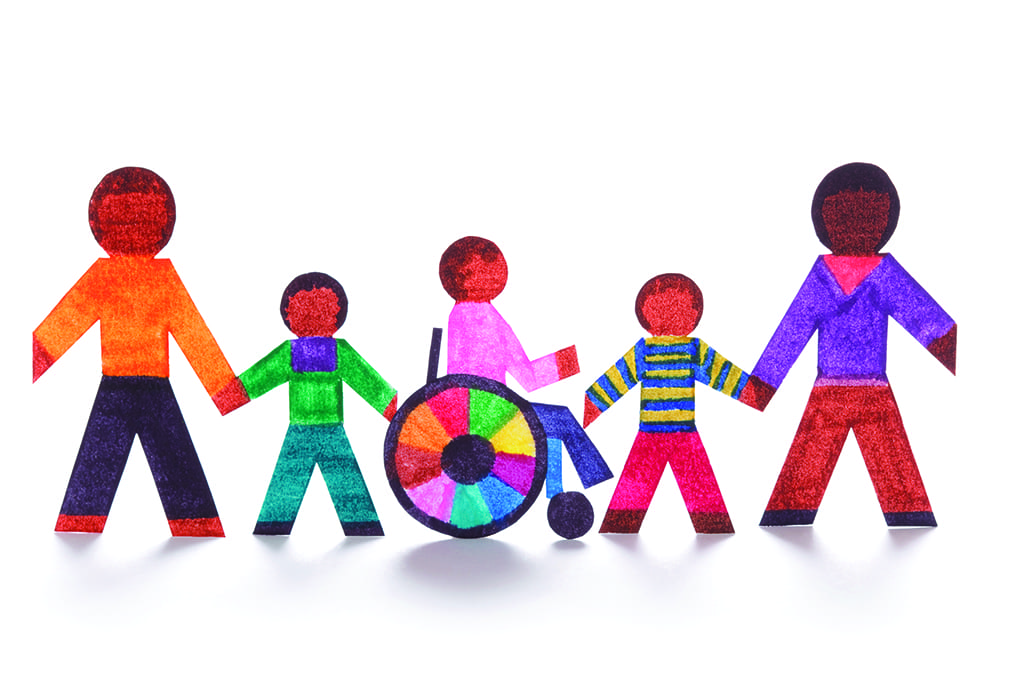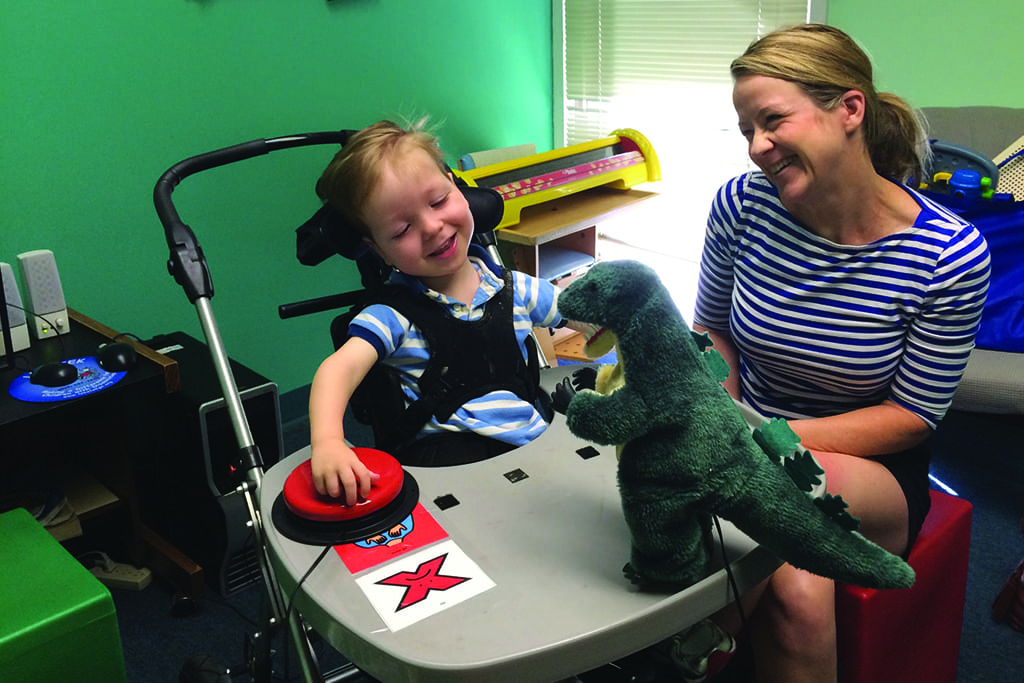Understanding Sensory Processing Disorder
Occupational Therapy Helps Kids Struggling with This Often Misunderstood Disorder
A typical morning in my home begins with the words “My clothes hurt me. They are too loose. I need new clothes.”
My 4-year-old daughter Grace and I begin the search for the “right” clothes. After much time, many tears, lots of tight hugs and a good dose of frustration, she begins her day in the same dress she wore the day prior. Getting dressed, which seems simple to most, is one of the biggest challenges my child faces daily.
This situation is one example of living with a child with Sensory Processing Disorder. These children cannot escape their symptoms – the noise around them might seem amplified to the highest level, the temperature is colder or hotter than they’ve ever felt, they’re wearing the most uncomfortable clothing that has ever touched their skin, and they might be nauseated by a repulsive smell, all at the same time. They may respond with anger or frustration or try to avoid those situations altogether.
Sensory processing refers to the way the nervous system receives messages from the senses and turns them into appropriate motor and behavioral responses. The disorder can be hard to diagnose because it affects each person differently; their five senses might be hypersensitive or under stimulated (hyposensitive) or a combination of both.
Sensory disorders may cause motor clumsiness, behavioral problems, anxiety, depression, cognitive or memory problems or other issues if not treated effectivity, but occupational therapists with special training can help kids who struggle with it, says Susan Orloff, executive director of Children’s Special Services and an occupational therapist for 43 years.
“If you think of physical therapy as teaching you to get up and walk, occupational therapists teach you to dance,” Orloff says. “And everybody is on the dance floor when it comes to life, whether you know how to dance or not.”
How we process sensory input affects everything we do in life, she says, and if our processing is malfunctioning, therapy can gradually change those patterns.
Occupational therapists first do a thorough assessment of where the child is developmentally, then “we get them to the next level, and the next,” Orloff says.
“We had a fabulous occupational therapist that helped my son,” says Joy Alsup, a mom of four. “She gave us tools and gave him permission to figure out what worked for him and what didn’t. He has a high need for tight, long hugs and we understand that this is what helps him. It’s a huge priority for us.”
Some activities a therapist might try to help kids balance sensory input include swinging, wearing a weighted vest, pushing or pulling heavy objects across the room or jumping on a trampoline. Many of these activities are fun for the child and can be integrated into playtime at home. Try Sensory Smarts for some ideas.
“The therapy helps more than just their physical strengths but also their emotional strengths,” says Stephanie Beaudry, whose son and daughter both have sensory processing issues. “When my daughter first started therapy, she was extremely shy. She wouldn’t even talk to children her own age when they approached her. Now, four months later, she is a social butterfly.”
An occupational therapist’s main goal is to educate parents about sensory disorders and give families tools they can use to help the child progress at home. Many parents find hope in their child’s progress and support from other parents dealing with this disorder.
“One thing I have learned after experiencing our journey is that I am not alone. There are so many others that understand what I am going through and we are there to support each other in many ways,” Beaudry says.
As a mother of a child with Sensory Processing Disorder myself, I would encourage others to educate themselves about SPD and begin to approach the situation from the child’s perspective. Parents can then begin to use the tools needed to adjust their environment and celebrate as their child meets goals and overcome challenges.
Alsup says her son has worked hard to manage his sensory challenges. “When my son was diagnosed, I felt like he would be limited in his future,” she says. “He has worked through many of his issues and I see his SPD as part of what makes him unique. I wouldn’t have him any other way.”
It takes a lot of patience and love to parent a child with Sensory Processing Disorder, but when a child feels acceptance and support, he can work through struggles, and thrive.
– Sarah Lyons
How Occupational Therapists Can Help
Occupational therapists can improve the functioning of a child’s (or an adult’s) sensory systems, which play an important role in social-emotional, physical and motor skills development, communication, self-care and cognitive ability.
Among the functions occupational therapists perform:
- Collaborate with families, physicians, nurses, speech-language pathologists, physical therapists, psychologists, teachers and other professionals to determine the need for specialized evaluation and intervention.
- Identify and modify sensory and environmental barriers that limit performance and participation in everyday activities, as well as individual strengths and supports.
- Teach and model activities to support sensory, motor and behavioral needs.
- Identify and provide adaptive sensory and motor strategies and interventions using a variety of sensory approaches to facilitate full participation in daily routines and social interactions.
- Help raise self-awareness of the impact of sensory and motor factors on everyday activities and real life situations, and provide ways to counter sensory processing challenges.








